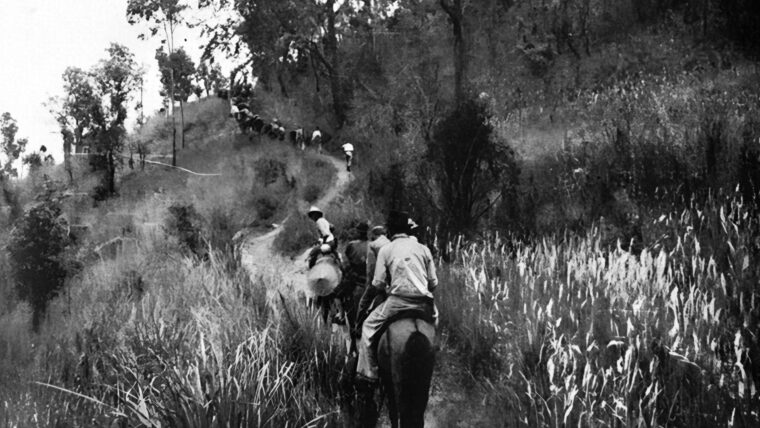
Burma
Siam Secrecy: The Thai Resistance in World War II
By John W. Osborn, Jr.Thailand was perhaps the least known, though surely more scenic and exotic, covert battleground of World War II. Read more

Burma
Thailand was perhaps the least known, though surely more scenic and exotic, covert battleground of World War II. Read more
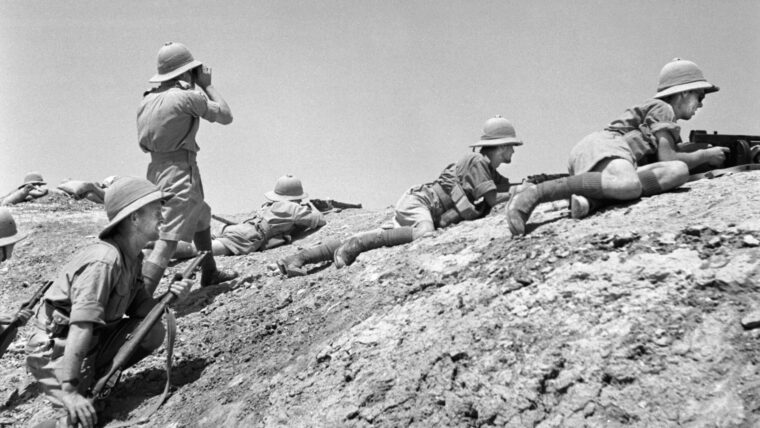
Burma
Many students of World War II history know General Sir Claude Auchinleck as the Commander-in-Chief Middle East, who, after taking over for General Sir Archibald Wavell in late June 1941, oversaw the fluctuating fate of Britain’s Eighth Army while combating German General Erwin Rommel’s Afrika Korps during Operations Crusader and Gazala. Read more
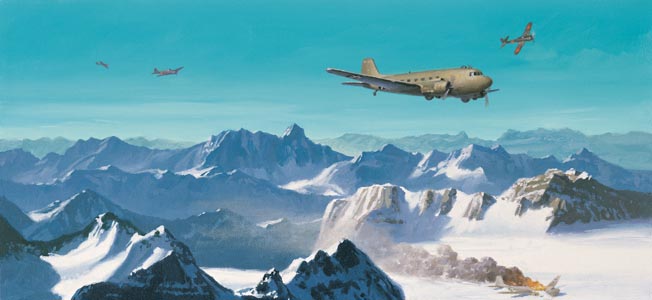
Burma
Why was Myitkyina such an important objective in the reconquest of Burma in 1943 through 1944 for the Allies and especially among them, Lt. Read more
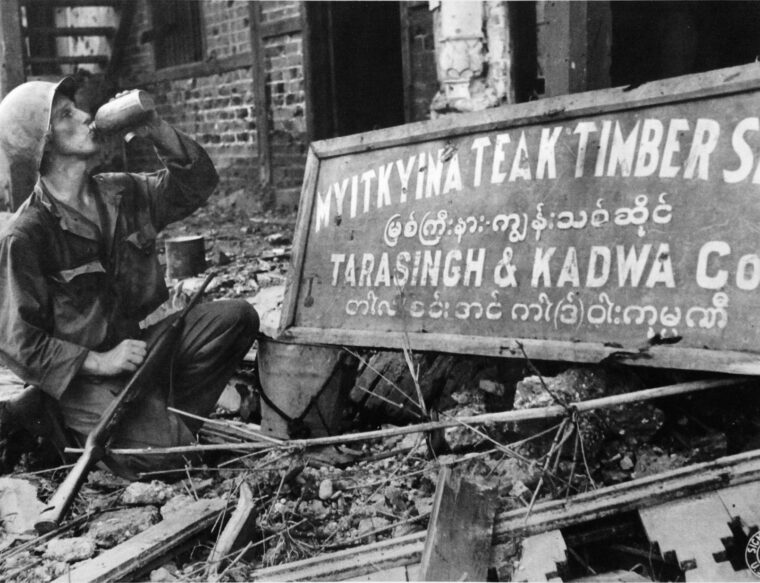
Burma
General Joseph W. “Vinegar Joe” Stilwell and his Sino-American Myitkyina Task Force (MTF), in a coup de main attack, seized the vital Japanese-controlled airfield just west of the town of Myitkyina on the great Irrawaddy River in northern Burma on May 17, 1944. Read more
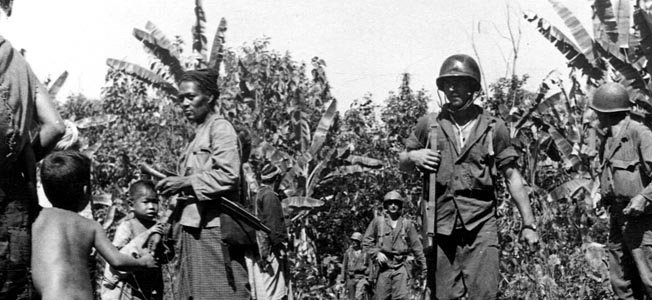
Burma
Why, with the Marauders riddled with disease and fatigue, were they given the mission to attack Myitkyina? Stilwell and Merrill had to be aware that the unit was decimated. Read more
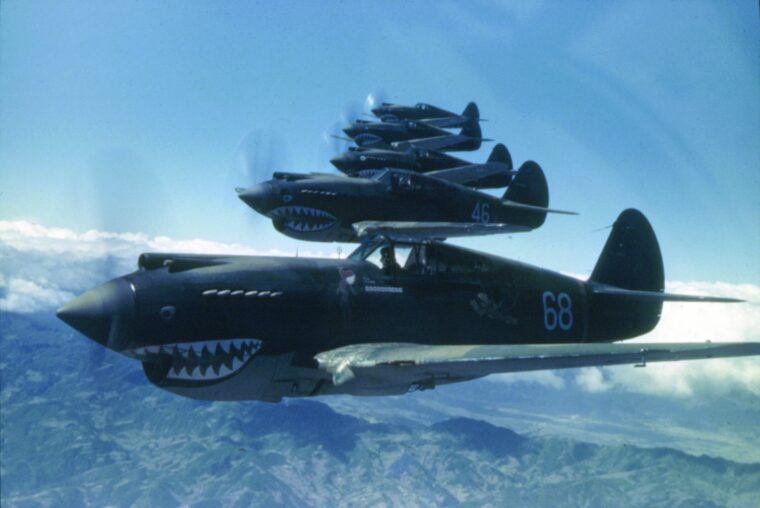
Burma
Laden with 500-pound bombs and incendiaries, 10 Japanese twin-engine Mitsubishi Ki21 Sally bombers took off from the Hanoi airfield in Indochina on the morning of Saturday, December 20, 1941. Read more
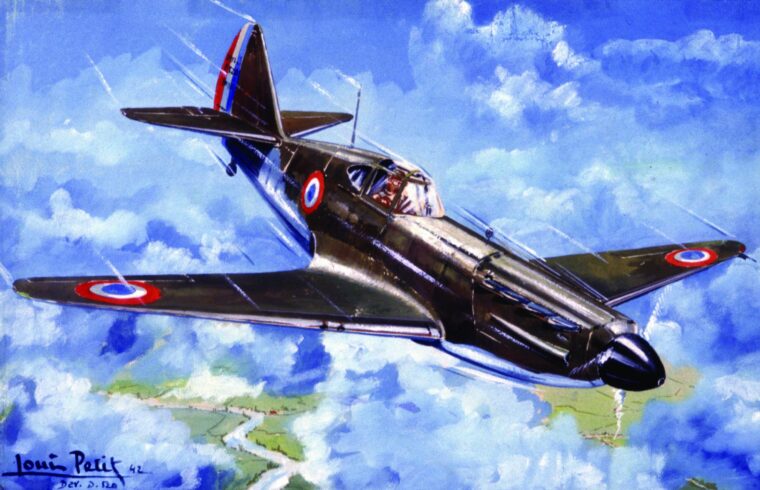
Burma
In the annals of World War II, one of the most famous airplanes is the British-developed Supermarine Spitfire, an agile, elliptical-wing fighter that has become synonymous with the Royal Air Force victory in the Battle of Britain. Read more
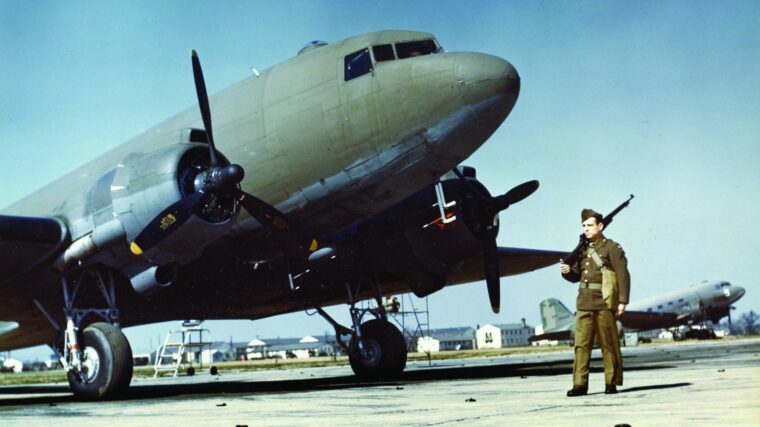
Burma
Even though, technically at least, it was not a combat airplane, the performance of the Douglas C-47 transport led General of the Army Dwight Eisenhower to label it as one of the most important weapons of World War II. Read more
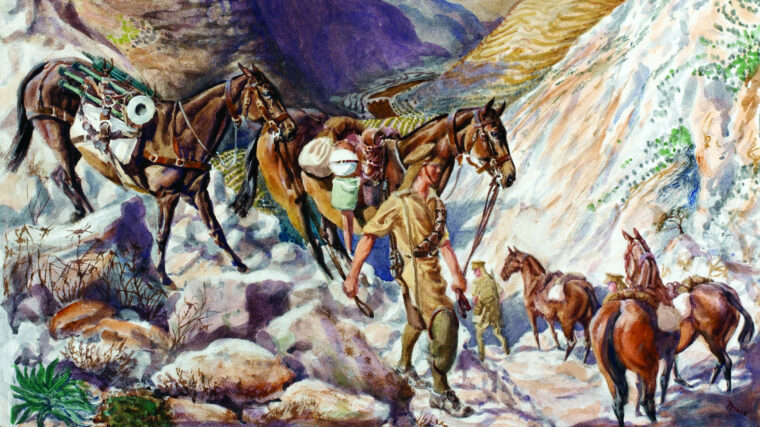
Burma
Not all World War II heroes were men or women. Some were four-legged, hoofed, or winged. They included horses and mules, elephants, and dogs as well as more exotic animals such as bats, camels, reindeer, and pigeons. Read more
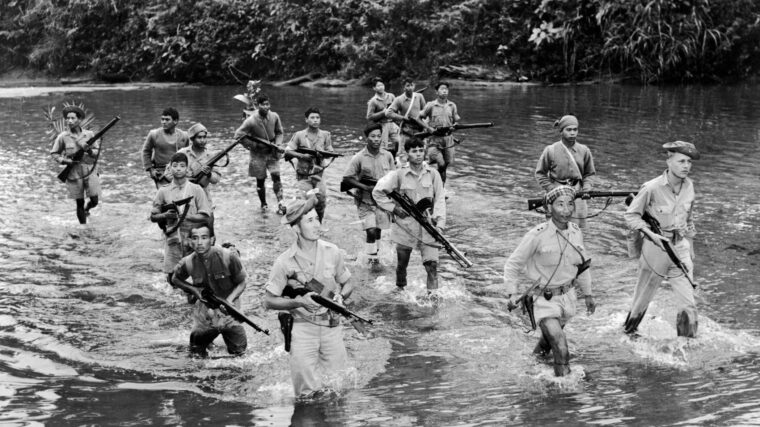
Burma
When the United States entered World War II in December 1941, Joseph Stilwell was already a highly regarded officer. Read more
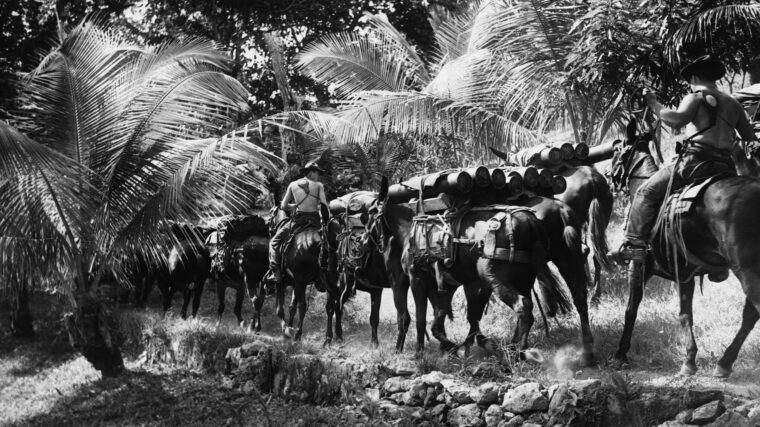
Burma
In the words of a veteran of the China-Burma-India Theater, retired Technical Sergeant Edward Rock Jr., [they] “served without a word of complaint or lack of courage. Read more
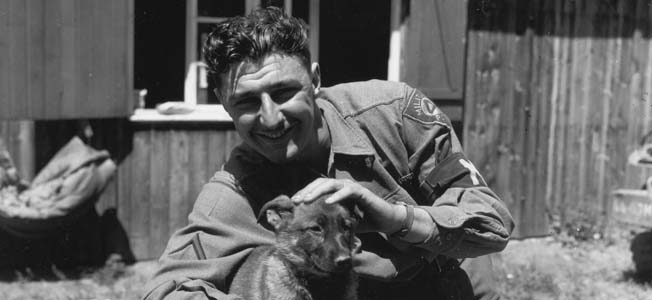
Burma
American men left behind a great deal when they left home to fight in World War 2. Read more
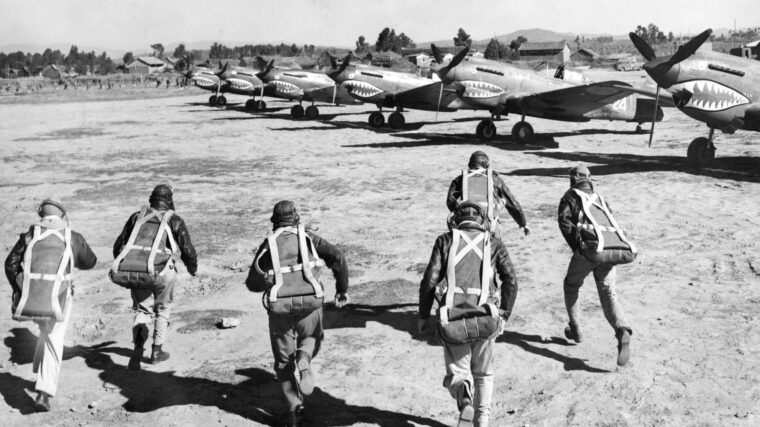
Burma
On May 4, 1942, American Volunteer Group (AVG) pilots Charlie Bond and Bob Little were in the alert area at Paoshan, China, a small grass aerodrome just north of Burma. Read more
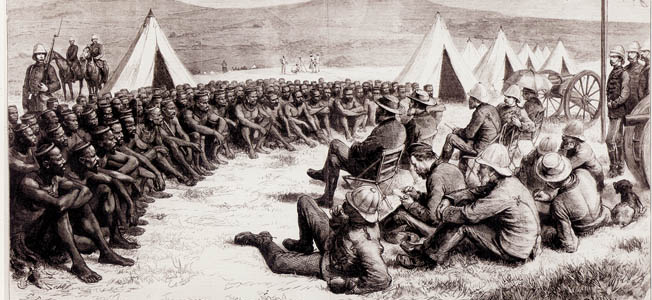
Burma
War correspondents are relatively new to history. The Crimean War (1854-1856), pitting Great Britain, France, Turkey, and Sardinia against Russia, was the first conflict in which an organized effort was made for civilian correspondents reporting news directly to the civilian population of the home country. Read more

Burma
In the misty early morning of February 4, 1944. thousands of Japanese troops marched silently through the jungle in the first move of their counter-offensive against the British-Indian XV Corps attempting to advance south in the Arakan region of Burma. Read more
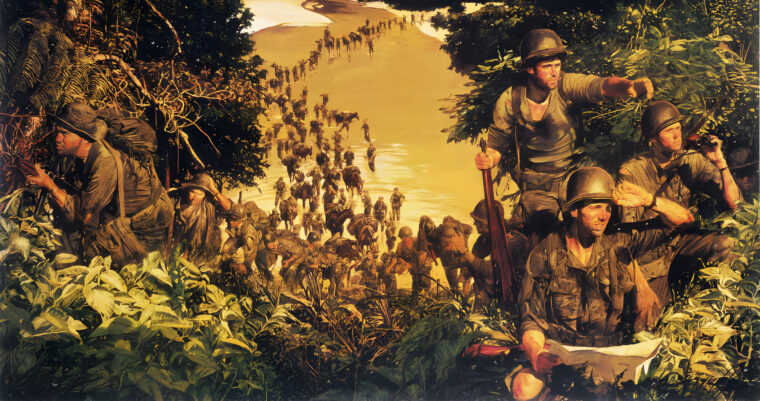
Burma
A series of swift victories took Japanese troops to the gates of India in 1941-1942 when British and Indian units fell back to the Assam hills northwest of Burma. Read more
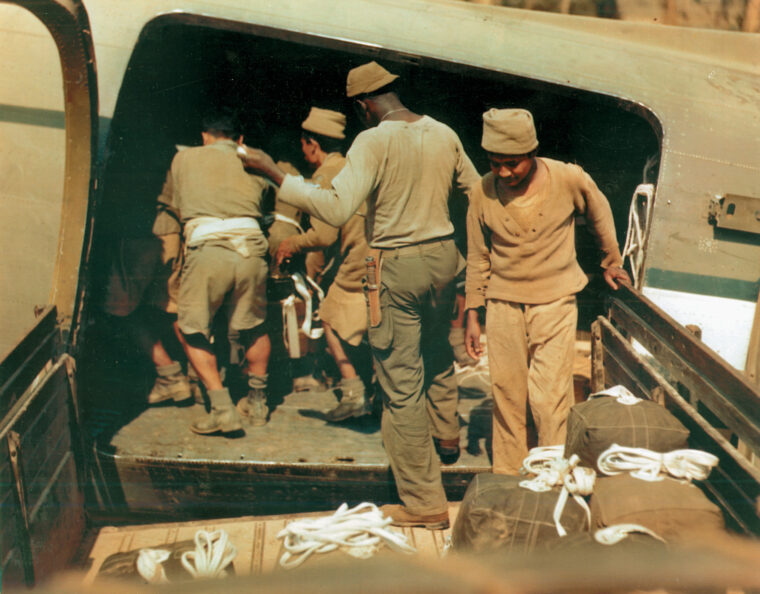
Burma
Short, wiry, and with baleful blue eyes and an Old Testament beard, Maj. Gen. Orde Charles Wingate was unorthodox in thought and action. Read more
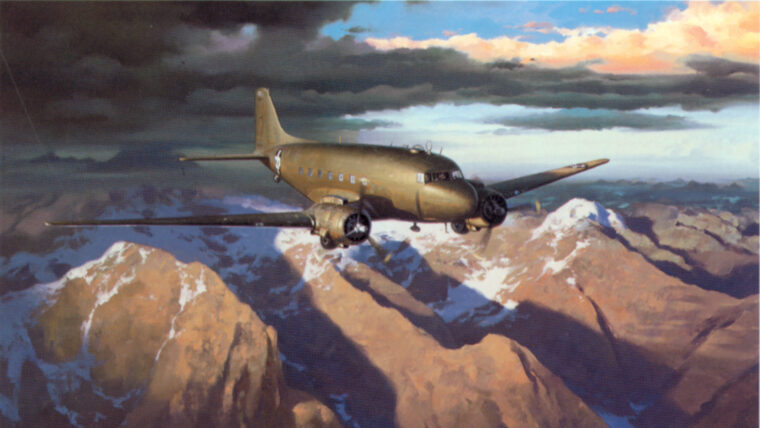
Burma
Superficially, Phil Cochran personified the WWII fighter pilot, a combat daredevil, nonchalant about the niceties of rank and zealous in pursuit of what he called “chicks.” Read more
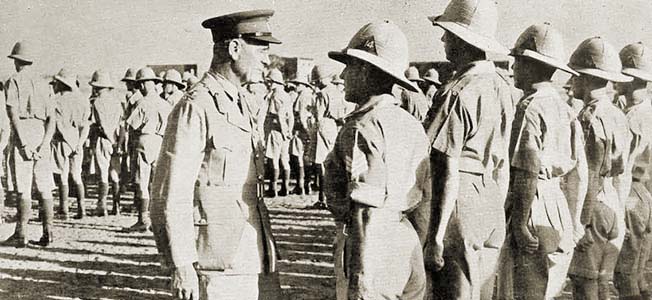
Burma
In late 1940, fortune seemed entirely against the United Kingdom. France had fallen, Italian troops threatened imperial holdings, and Britain’s few allies were still gravely threatened. Read more